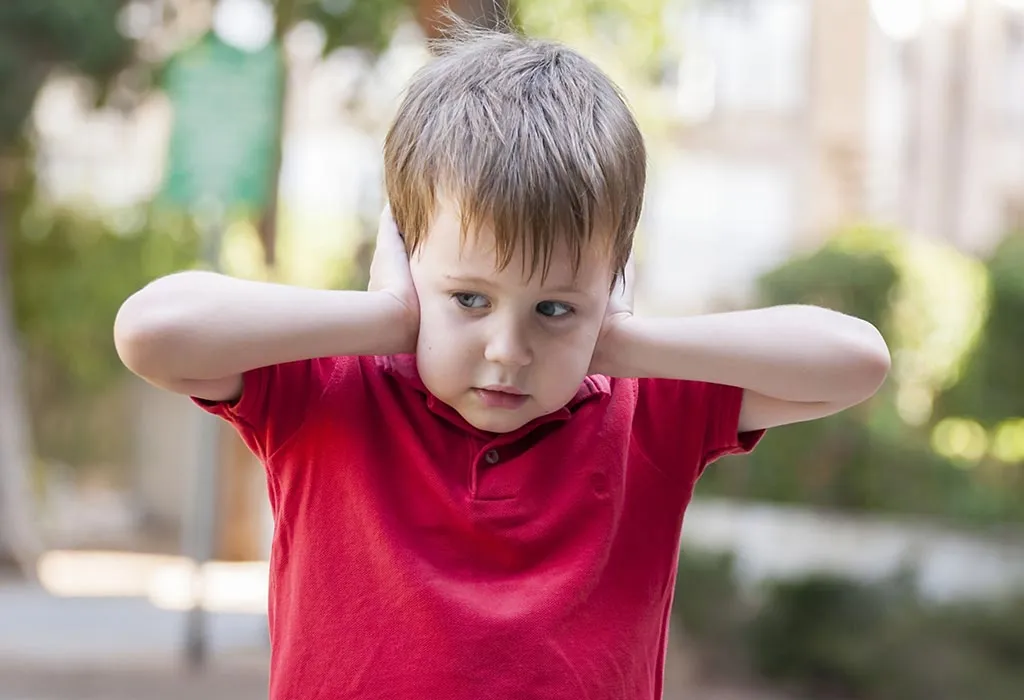Autism And Parenting
While doing my laws in education class I got to read an interesting article about a young man that was diagnosed with autism and anxiety. I was actually surprised to see that beginning at the age of six this child was being secluded for multiple hours for minor offenses. The parents even moved him to a special placement where the teachers were better equipped to work with him. This placement lasted about 3 years before he again was locked in a room and he managed to climb out a window. At this time his parents decided to home school him for a while, but when he missed his classmates too much his parents decided that they would attempt one more time.
This of course did not go as planned, he was isolated at least eight more times. More than half the time the parents did not hear this from the school but from their son himself. This got me thinking and researching for my knowledge and for my class, how often is this happening? Are there policies in place to stop this? What are the statistics? I had so many questions, I found out how often this is reported. More information and resources about Children with Autism Spectrum Disorders can be found at http://autismparentinglifestyle.com.
Possible Causes Of Autism
According to a report from NPR, more than 33,000 cases of restraints and seclusion were used in California and Texas alone in the 2007-2008 school year. I found that evidence suggests seclusion and restraint are overly used against children with disabilities and minority children. According to a 2018 report, students with disabilities make up 71 percent of those restrained and 66 percent of those secluded, while African American students make up 27 percent of restrained students and 23 percent of those secluded, even though they make up only 12 and 15 percent of total enrollment, respectively, Jackie Nowicki, a director at the Government Accountability Office, told National Public Radio in 2019. “Using these methods can create hazardous situations, especially for some of our nation’s most vulnerable children.” How can we prevent this you may ask well, the first step would be understanding the difference between intentional misbehavior and stress responses.

Children With Autism And Anxiety
If a child is out of control of their emotions or behaviors, it’s often because their nervous system is in fight or flight. At this moment, they need to know they’re not alone and that someone sees their distress. If you’ve resorted to seclusion or restraint, you’ve been missing their calls for help.” In many cases, seclusion and restraint increase agitated behavior. And most times, it leads to feelings of hopelessness or desperation. If it does appear to decrease agitation, “it’s because the child being secluded or restrained is giving up and losing hope in their fellow human.”
Coping Strategies For Autism
If a student becomes agitated, the best action would be to shift our thinking to” is this child misbehaving, or are they stressed out?” Make sure that you are calm because you need to be capable of providing appropriate support. Then, customize your interactions to whatever will help the child’s nervous system calm down. Try an activity that engages the student’s body, like rocking with the child, putting a gentle hand on their shoulder, or swaying together to calming music. “This isn’t easy, and there isn’t a one-size-fits-all approach,” But if you experiment to see what helps their body calm down, eventually you’ll see those agitated behaviors melt away.”
(Department of Education, the office of civil rights, 2017)
Paige Hatfield
I’d like other parents to know you can demand resources in their iep like 1:1 aide dependent on the level of the need extra breaks extra snacks etc. my son if I hadn’t demanded so much would have been stuck in a resource room and not given the same level of education as his NT peers. My son is starting kindergarten alongside his NT peers in a regular classroom because I demanded he has the accommodations that will allow him the same exact thing as his peers
(Department of Education, the office of civil rights, 2017)














